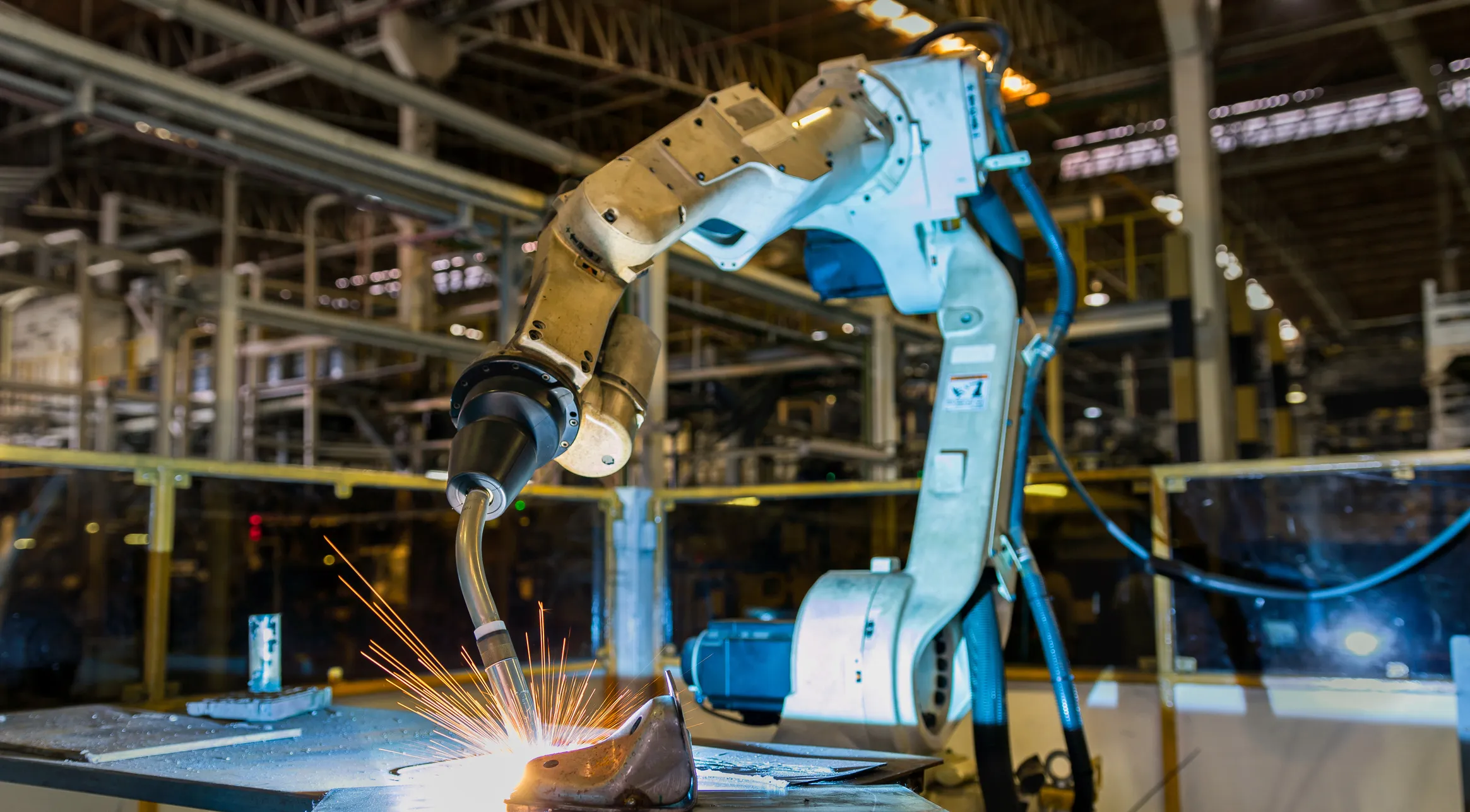Automatic welding robots are revolutionizing industries by offering stable welding quality, enhancing worker safety, and boosting labor productivity. These robots have become indispensable in industries such as automotive manufacturing, engineering machinery, general machinery, metal structures, and defense. In fact, approximately half of all industrial robots worldwide are used for welding processes.

As of 2005, there were around 914,000 industrial robots in operation globally, with Japan leading the world by equipping over 500,000 robots. Following Japan were the United States and Germany. Within Asia, Japan, South Korea, and Singapore rank highest in terms of robots per 10,000 manufacturing employees. Over the past few years, the global growth of industrial robots has surged, with 121,000 new units installed in 2005 alone.
In China, the industrial robot industry has grown significantly since research began in the late 1970s. Over more than two decades, China has made substantial progress in both technology and application, contributing significantly to the country’s economic and manufacturing development. According to recent statistics, China's industrial robot market has expanded rapidly, with an annual growth rate of over 40%, and the number of welding robots growing by more than 60%. In 2004, more than 1,400 domestic industrial robots were in operation, while the number of imported robots exceeded 9,000, the majority of which were used for welding. By 2005, more than 5,000 new robots were installed in China, yet it accounted for only 6% of the new robots in Asia—a significant contrast to South Korea's 15% and Japan's 69%. This discrepancy highlights the gap between China's economic growth and its automation level, underlining the need for further improvements in manufacturing automation.
Currently, the automatic welding robot market is on the cusp of a major transformation. The rapid development of technology is driving down costs while improving performance. Additionally, rising labor costs, along with China's transition from a large manufacturing country to a global manufacturing powerhouse, make the need for more advanced processing methods, higher product quality, and increased competitiveness even more urgent. These factors point to a vast potential for the continued development and application of automatic welding robots.



